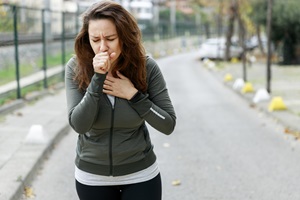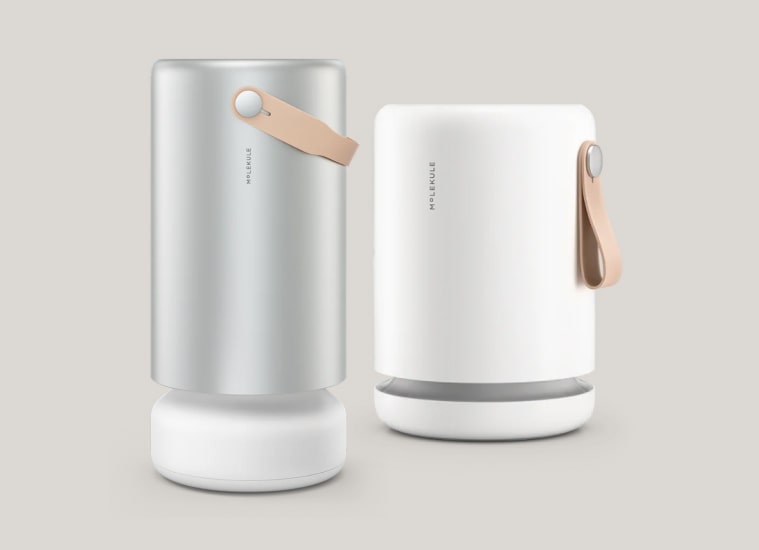How Air Quality Affects Respiratory Health: Tips for Managing Symptoms During Pollution Peaks

Air quality plays a significant role in respiratory health, especially for individuals with asthma, allergies, or other lung conditions. During periods of high pollution, the air can become filled with allergens, particulate matter, and irritants that trigger symptoms like coughing, wheezing, and shortness of breath. Whether you live in an area with frequent air pollution or are affected by seasonal changes, it’s crucial to understand how air quality impacts your respiratory health and how to manage symptoms effectively. In this blog post, we’ll explore how air quality affects the lungs and provide expert tips for managing symptoms during pollution peaks.
How Poor Air Quality Affects Respiratory Health
Air quality refers to the presence of pollutants and allergens in the air that can cause or exacerbate health issues. Common pollutants include:
- Particulate Matter (PM2.5 and PM10):
These tiny particles, which are 2.5 micrometers or smaller, can easily be inhaled into the lungs. They are generated by sources like vehicle emissions, industrial activities, and wildfires. When inhaled, these particles can aggravate asthma, trigger allergies, and lead to respiratory inflammation. - Ground-Level Ozone:
Ozone at ground level is a common pollutant that forms when sunlight reacts with pollutants like car exhaust. Exposure to ozone can irritate the airways, causing coughing, chest tightness, and shortness of breath, especially in people with asthma or other chronic respiratory conditions. - Pollen:
Seasonal allergens like pollen can also contribute to poor air quality, leading to heightened allergy symptoms such as sneezing, congestion, and itchy eyes. For people with asthma, pollen can trigger asthma attacks or make existing symptoms worse. - Volatile Organic Compounds (VOCs):
VOCs are gases emitted by certain products, including paints, cleaning supplies, and even perfumes. These compounds can irritate the respiratory system and worsen asthma and allergy symptoms.
When exposed to high levels of these pollutants, individuals with respiratory conditions like asthma or chronic bronchitis may experience aggravated symptoms, leading to increased visits to the doctor, reliance on medication, and a reduced quality of life.
Tips for Managing Respiratory Symptoms During Pollution Peaks
- Monitor Air Quality Levels
One of the first steps in managing respiratory symptoms is staying informed about air quality levels in your area. Many weather apps and websites provide daily air quality reports and forecast pollution levels. Pay attention to the Air Quality Index (AQI), which measures the concentration of pollutants in the air. If the AQI is high, it’s best to limit outdoor activities to reduce exposure to harmful pollutants. - Limit Outdoor Activities During High Pollution Days
On days when pollution levels are elevated, try to stay indoors as much as possible. If you must go outside, avoid strenuous exercise or activities that may increase your breathing rate, as this can exacerbate symptoms. Opt for indoor workouts or activities that don’t trigger your respiratory symptoms. - Keep Your Home Environment Clean
Ensure that your indoor air quality is as clean as possible. Use an air purifier with a HEPA filter to trap airborne pollutants, including dust, pollen, and pet dander. Keep windows and doors closed during high pollution days to prevent outdoor allergens and pollutants from entering your home. Regularly clean carpets, rugs, and upholstered furniture to remove dust and allergens that can contribute to indoor air quality issues. - Use Medication as Prescribed
If you have asthma or allergies, make sure you’re using your medications as prescribed. This might include inhalers, nasal sprays, or antihistamines. If you’re experiencing worsening symptoms due to pollution, consult your healthcare provider about adjusting your medication or adding additional treatments, such as rescue inhalers or oral steroids, to help manage flare-ups. - Wear a Mask
On days when pollution levels are particularly high, consider wearing a face mask designed to filter out harmful particles. Masks that use N95 filters can help reduce inhalation of particulate matter and pollutants, making them especially useful for people with asthma or allergies. - Stay Hydrated
Staying hydrated is key to maintaining healthy airways. Drinking plenty of water helps keep the mucus in your lungs thin and easier to expel. This is particularly important for individuals with asthma or chronic bronchitis, as hydration can help reduce the severity of symptoms caused by respiratory irritation. - Use a Humidifier
Dry air can worsen respiratory symptoms, especially during the winter or when air pollution is high. Using a humidifier in your bedroom or living spaces can help keep the airways moist and ease breathing. Be sure to clean the humidifier regularly to avoid mold and bacteria buildup. - Consider Allergy Immunotherapy
If you experience persistent symptoms related to allergens, such as pollen or dust mites, allergy shots (immunotherapy) may be a good option. Immunotherapy gradually desensitizes your immune system to allergens, helping reduce your allergic reactions and improving overall respiratory health.
Protecting Your Respiratory Health During Pollution Peaks in Oxnard
Managing respiratory health during times of high air pollution requires vigilance and proactive steps. By monitoring air quality, minimizing exposure to pollutants, and using the right treatments, you can effectively manage your symptoms and maintain a better quality of life. If you’re experiencing difficulty with asthma, allergies, or other respiratory conditions due to poor air quality, contact Allergy, Asthma, and Immunology Medical Group. Our expert team is here to help you create a personalized plan for managing your symptoms and improving your respiratory health. Call us today at 805-658-9500 to schedule an appointment and start breathing easier during peak pollution days.




